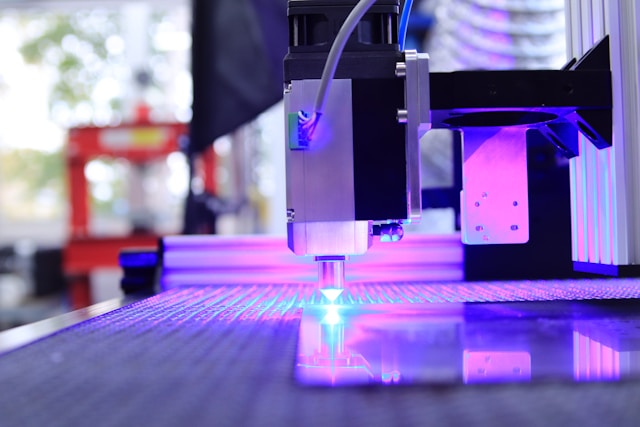Innovation serves as the foundation of progress in healthcare, especially in addressing the distinctive needs of our aging population. 3D printing has emerged as a pivotal opportunity to devise personalized and efficient solutions for the elderly.
This technology is revolutionizing the provision of care for older adults by offering customized medical devices and aids for daily living, thereby not only enhancing their quality of life but also expanding the horizons of what’s possible in geriatric medicine.
Highlighted below are some innovative examples of 3D printing, showcasing how it’s paving the way for a future where aging is met with dignity, comfort, and unparalleled efficiency:
1. Hearing Aids
One of the earliest sectors to almost entirely adopt 3D printing is hearing aid production. Where traditional manufacturing processes were complex and costly, 3D printing has introduced a method to produce customized, comfortable, and affordable hearing aids. This adaptability allows seniors to use devices that are specifically tailored to their ear anatomy, providing superior comfort and performance.
2. Dentistry
3D printing is significantly impacting dental care for the elderly, particularly in the creation of dentures, crowns, and other dental prosthetics. This technology enables dentists to fabricate precise and realistic dental appliances at a reduced cost, thereby enhancing the patient experience. Seniors benefit from personalized dentures that offer a better fit and improve their ability to eat and speak comfortably.
3. Implants/Replacement Body Parts
For seniors in need of implants or replacement body parts, such as jaws, hips, spines, or skulls, 3D printing presents a revolutionary approach. Utilizing advanced imaging techniques like CT and MRI scans, healthcare professionals can generate detailed anatomical models. These models are invaluable for surgical planning, ensuring accurate implant placement and minimizing the risk of complications. Custom-made implants tailored to the patient’s specific requirements lead to improved outcomes and an enhanced quality of life.
4. Organ Models
In preoperative planning, 3D printing has become a transformative tool. It allows for the production of anatomically accurate organ models from medical imaging data, providing surgeons with a clear visualization of internal structures. These models facilitate procedure simulations, challenge anticipation, and the formulation of optimal surgical strategies. For seniors undergoing complex surgeries, such as cardiac procedures or organ transplants, this technology offers increased safety and precision, leading to better surgical outcomes and quicker recovery times.
5. Medical Devices
Beyond implants and prosthetics, 3D printing is revolutionizing the creation of medical devices specifically designed for the elderly. This includes everything from specialized surgical instruments to ergonomic stethoscopes, allowing for the manufacture of lightweight, durable, and cost-effective medical tools. These customized devices improve the efficiency and precision of medical procedures while enhancing usability and comfort for both healthcare providers and seniors.
6. Tools to Support Everyday Life
3D printing also empowers older adults to maintain their independence and improve their quality of life through customized assistive devices. From ergonomic bottle openers to adaptive utensils, such as chopstick holders, this technology makes it possible to design aids tailored to the specific challenges faced by seniors. These innovations promote greater autonomy and dignity for those dealing with age-related mobility issues or disabilities.
As technology continues to advance, the potential to leverage 3D printing in the care of the elderly appears boundless, heralding ongoing progress in geriatric medicine and initiatives for aging in place.






